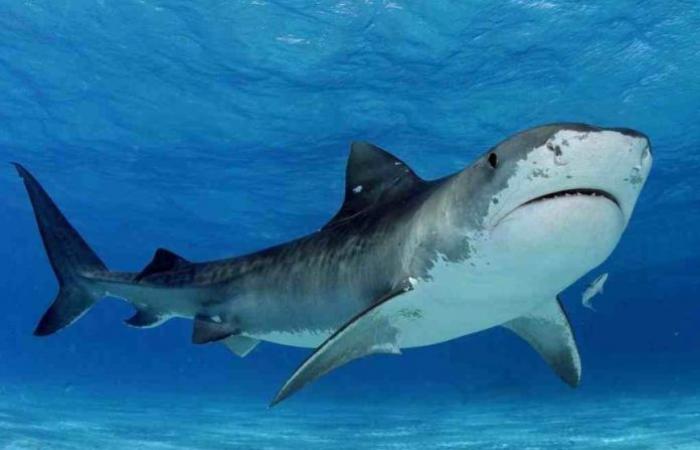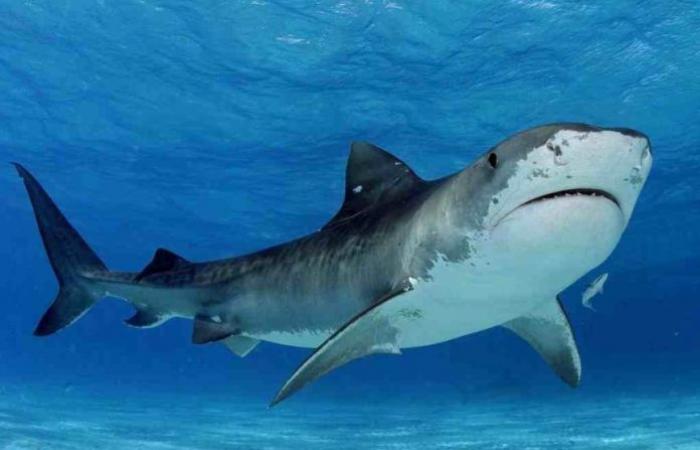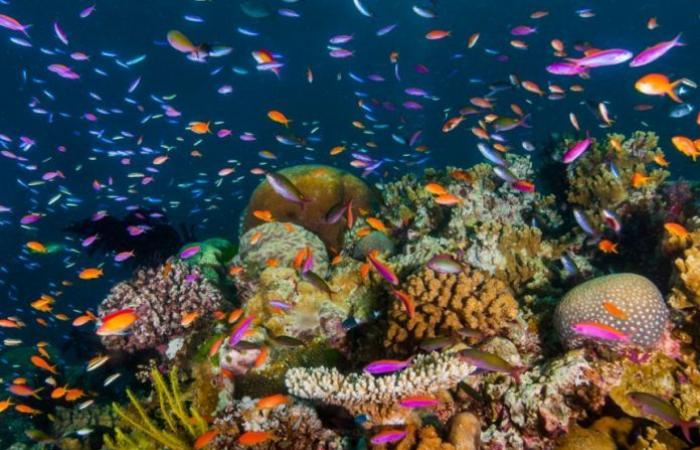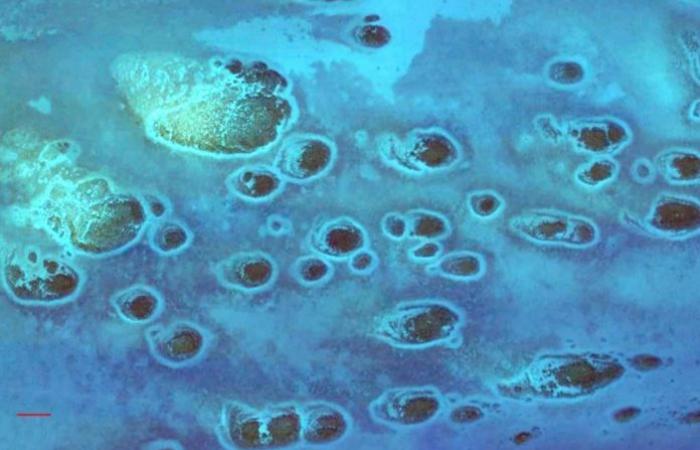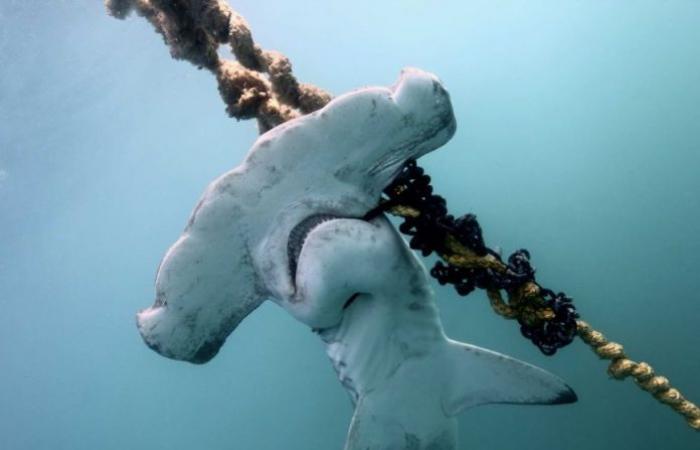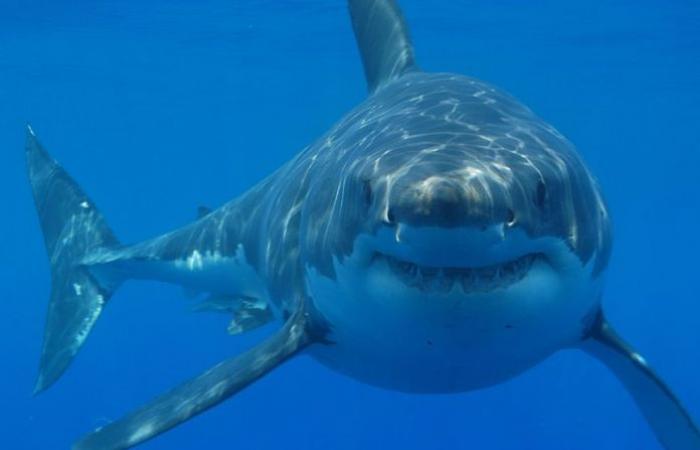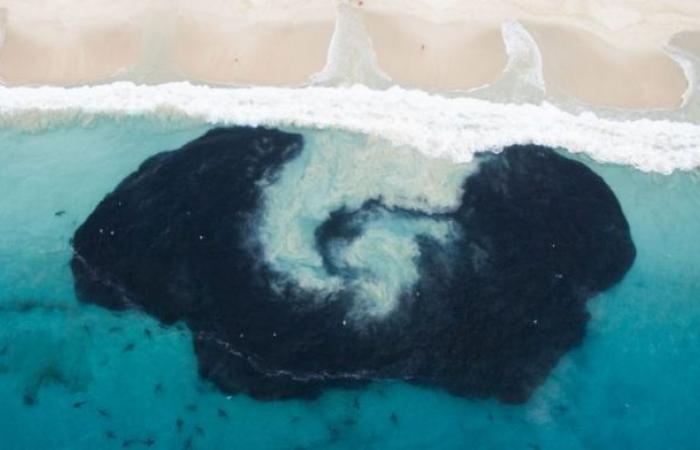The instinct to kill the animals that fall prey to us has likely proven very useful in the past.
Especially when we lived in hunter-gatherer and agrarian societies with low populations, surrounded by large populations of creatures like wolves, lions and saber-toothed tigers.
Today, when someone is killed by a predator such as a shark, there are inevitable calls to kill the offending animal or to kill the offensive species.
But here’s why these old rules no longer apply, and why we need to preserve our predators even if they see us as food.
Which sharks are threatening us?
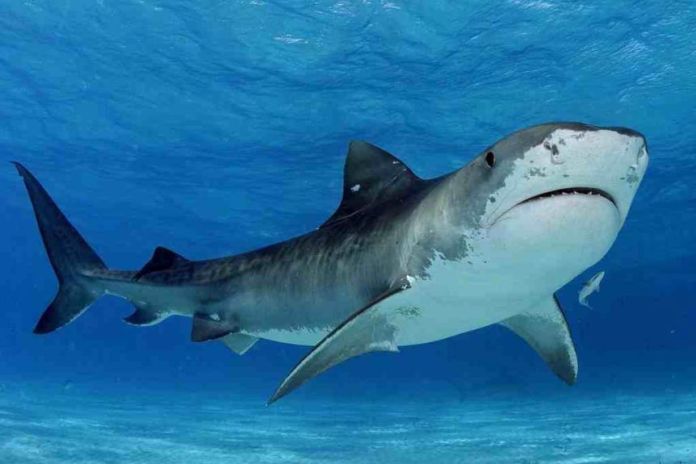
First, let’s be clear about which sharks we are talking about.
Although most species of shark are often tarred with the same brush, they become relatively small, feed on fish, crustaceans or other small aquatic animals, and pose absolutely no threat to human life.
On the contrary, we need them to keep healthy the marine ecosystems we rely on for nutrition and recreation.
These smaller sharks fit into a category we call mesopredators – medium-sized predators that occupy an intermediate level in the hierarchy of the food chain.
The sharks that pose a (statistically very small) threat to us are the predators of the highest order. In Australia these are almost exclusively white, tiger and bull sharks.
Why do we need them?


Imagine a grassy African plain covered in grazing antelopes. If it helps, imagine David Attenborough telling how a lion is hiding in long grass, waiting to launch its attack.
As soon as the lion steps into action, we know that the antelope will disperse in the wind.
Underwater, sharks have the same effect on their prey – fish, turtles, seals, dolphins and even smaller sharks. Apex predators like sharks create what is known as a “landscape of fear”.
There are two implications here: first, sharks like the lion disperse their prey by chasing it, and second, even when they are not exposed to the mere threat of sharks, it limits how far animals deviate from protection and how long they stay on one place to feed.
This in turn prevents these animals from consuming resources.
Although they are likely to be smaller species of reef sharks, a phenomenon known as “grazing halos” shows the interaction between predator and prey.


Researchers have found that rings or halos of barren sand around coral reefs that stand out from the dominant species of seagrass and algae are created by animals who use the nearby reef for shelter.
How far they feed from the ocean floor depends on the presence of predators, according to Culum Brown, a fish behavioral ecologist at Macquarie University.
“When you look at reef fish, You see a halo of how far fish go from reefs based on the number of sharks, “said Professor Brown.
The theory is that where there are fewer predators, the halos are larger.
We also need large sharks because of what is known as the mesopredator release.
Loading…
If we wipe out the large sharks, the theory goes, we will see a boom in the population of the animals that eat them – mesopredators like smaller sharks and seals.
These mesopredators, in turn, consume their prey and walk down the food chain.
This can lead to what is known as a “trophic cascade,” where removing a type of keystone sends waves through an entire ecosystem and permanently restructures them, according to Daniel Bucher, marine ecologist at Southern Cross University.
“They keep the next level of the predator down. They keep the animals that chase fish and the things humans rely on down, ”said Associate Professor Bucher.
“It’s called a trophic cascade. Taking out the apex predator took out [things like] the kelp beds at the bottom of the food chain. ”
As is well known, the reintroduction of wolves in the case of Yellowstone National Park in the United States caused a trophic cascade with positive results – it even changed the shape of the park’s rivers
Can’t we just kill the really big ones?
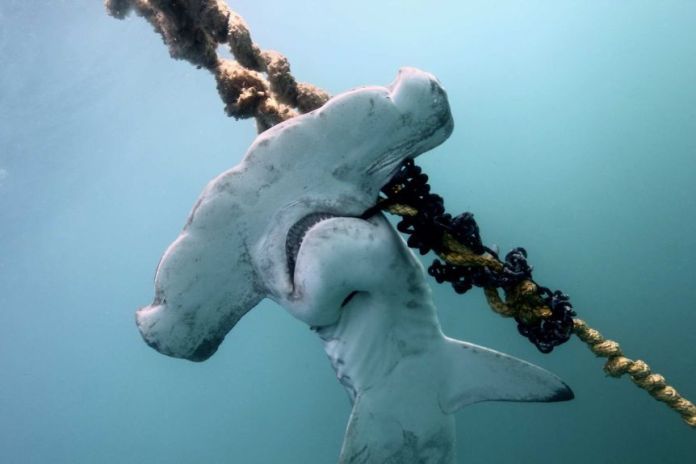

First, there is no rogue shark. Unlike in the Jaws film or in the early literature, there is no evidence that sharks “get a taste for human flesh”.
While some species like the tiger shark have been dubbed “the garbage cans of the sea” for their ability to eat almost anything, humans seem to be at the bottom of their list of preferred foods.
Instead, sharks that attack humans are typically “teenagers” and are in the process of switching from a fish diet to larger animals like seals, dolphins and turtles, Professor Brown said.
The theory is that during this phase, sharks experiment with food and sometimes kill people with an “exploratory bite”.
“The really big sharks aren’t the ones who ironically bark at people. They are usually juvenile great white sharks, ”said Professor Brown.
“You’re starting to do that [when they’re] about 2-3 meters long. Before that, their jaws didn’t crystallize so they can only eat fish and things like that.
“Only when they reach about 2-3 meters do their jaws crystallize and they can start eating [bigger prey like] Siegel. „
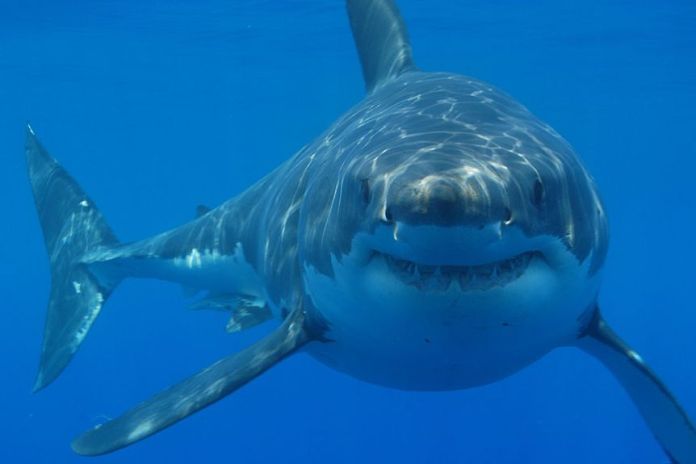

The problem is that female great white sharks do not reach breeding maturity until they are approximately four feet long and male sharks until they are approximately three feet long.
Likewise, female tiger sharks only breed when they are around 3.3 meters long.
Killing only the really big ones means taking out the breeders who keep the population alive. And killing individual sharks is likely to be ineffective anyway.
Clues such as the bite shape and tooth pattern will help identify the type of shark involved in an attack, and the bite radius can help narrow down the size.
But there are multiple sharks on most stretches of the beach, and species like whites will travel great distances, Professor Brown said.
“Things like great white sharks move thousands of kilometers.”
That said, there is seldom any way to be certain that you killed the exact animal that was involved in an attack and that that shark will soon be replaced with another.
“I call it digging in dry sand. You dig a hole and the sand fills it in exactly. “
Is the number of sharks really increasing?


For an angler, there is nothing more frustrating than collecting half a fish.
If you ask someone who regularly fishes offshore they will likely tell you that the number of sharks is increasing.
While it is possible that some local populations have increased, research does not confirm this for the total number of sharks, according to Daniel Bucher.
Evidence of shark nets suggests this is great Great white shark populations have shrunk by more than 70 percent since the 1950s.
CSIRO research estimates that around 2,200 adults are great today great white sharks across the Australasia region and that the population is showing no signs of recovery.
“The big sharks are decreasing. Great hammerheads are the other ones that have disappeared, ”said Associate Professor Bucher.
“The number of… big tigers [sharks] have fallen off, and large bull sharks have also fallen off. Even some of the harmless sharks like angel sharks have declined for no apparent reason. “
The fact that great Great white shark numbers show no signs of surge in Australasian waters, suggesting the species is at or near its baseline of sustainability.
In other words, the number of sharks that reach breeding age each year is roughly the same as the number of adult breeders who die.
If this ratio is skewed in favor of dying adults, the population will decline.
What are the alternatives?


Most of the precautions we can take to limit the risk of a shark attack are known.
Avoiding cloudy water and water near estuaries is one of them.
The choice of the time of day that we swim is, according to Dr. Book another.
“Dawn and dusk are usually feeding times for bull and tiger sharks, but great white sharks eat all day,” he said.
Then there are new technologies like drones.
Dr. Bucher suggested that surfers with access to secluded beaches could invest heavily in their own drone to scan the water before boarding.
There has also been some research on electromagnetic shark repellants that has shown promise.
“Using tuna bait during the attempts [researchers] found that these electromagnetic devices significantly reduced the number of times [sharks] attacked this tuna bait, “said Dr. Books.
In reality, however, there may never be an absolute guarantee against shark attacks other than that you won’t end up in the ocean.
Instead, Culum Brown said we need to accept and understand the risk we are taking.
“The general message must be that it is dangerous to go into the water. But more people still die taking selfies, ”he said.
“Basically we have to get our shit together and find out what the real threats are, not how we imagine the threats.”
These were the details of the news Should we kill killer sharks? Why we need to protect... for this day. We hope that we have succeeded by giving you the full details and information. To follow all our news, you can subscribe to the alerts system or to one of our different systems to provide you with all that is new.
It is also worth noting that the original news has been published and is available at de24.news and the editorial team at AlKhaleej Today has confirmed it and it has been modified, and it may have been completely transferred or quoted from it and you can read and follow this news from its main source.

